- A new dielectric additive-based coating using carvone enables organic solar cells to maintain high power conversion efficiency (16.27% for 20.33 cm2 modules) across a wide humidity range (10–70% RH), with seasonal efficiency variation within ±2%.
- This approach eliminates the need for dry rooms, reducing production costs and supporting scalable, stable solar cell manufacturing.
As the global demand for renewable energy grows, solar cells continue to gain attention as a key clean energy source. Among them, solution-processed solar cells offer advantages such as low cost and scalability, as they can be manufactured by simply coating and drying ink-like materials over large surfaces.
However, the process has traditionally been sensitive to environmental humidity—especially during humid summers—resulting in unstable performance and high manufacturing costs due to the need to maintain low humidity conditions.
A research team from the Korea Institute of Science and Technology (KIST), led by Dr. Hae Jung Son from the Advanced Photovoltaics Research Center, has developed a new dielectric additive-based coating technology that enables high-performance organic photovoltaics (OPVs) to be manufactured reliably regardless of seasonal humidity changes.
The team’s findings were published in the journal Joule.
The researchers introduced carvone (CV), a low-cost dielectric additive, into the photoactive layer solution. The CV forms a noncovalent complex with the organic acceptor material (L8-BO), enhancing crystallization and stabilizing the internal flow during the blade coating process—a key step in solar cell fabrication. This modification enables the formation of uniform photoactive films even under ambient relative humidity ranging from 10% to 70%.
When applied to solar cell fabrication, the CV-based process resulted in a power conversion efficiency (PCE) of 16.27% for a large-area module (20.33 cm2), compared to 15.1% with conventional methods.
Notably, the variation in efficiency across seasons remained within ±2%, which is lower than the typical deviation observed in commercial-grade solar panels.
Beyond performance gains, the new technology eliminates the need for costly dry room facilities. Instead, manufacturers can simply mix the additive into existing coating solutions and use current equipment without modification. This dramatically lowers production costs and makes the solution particularly attractive for mass manufacturing.
The global market for next-generation high-efficiency solar cells is projected to reach approximately USD 1.5 trillion (2,000 trillion KRW), with intense technological competition among countries like China and the U.S.
The CV-based approach developed by KIST offers Korea a strategic edge by simultaneously delivering high efficiency and economic scalability.
Dr. Son of KIST stated, “This technology addresses the long-standing reproducibility problem caused by humidity fluctuations, and offers a scalable path toward low-cost, stable, and high-performance solar energy production. We are now expanding this approach to tandem solar modules and seeking collaboration with industrial and global research partners.”
Publication Referenced in the Article:
Sungmin Park et al, Dielectric additive enables humidity-independent preparation of blend morphology for high-performance, large-area organic photovoltaics, Joule (2025). DOI: 10.1016/j.joule.2025.101927





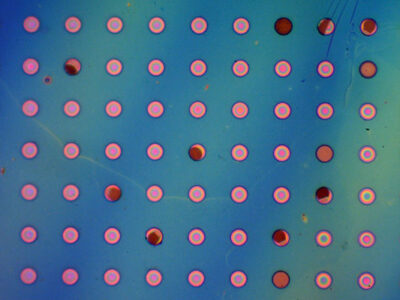
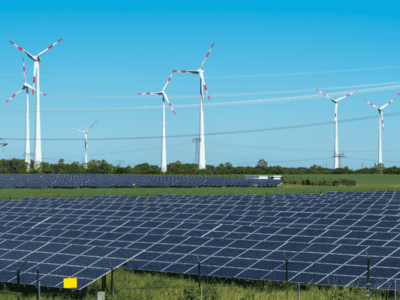
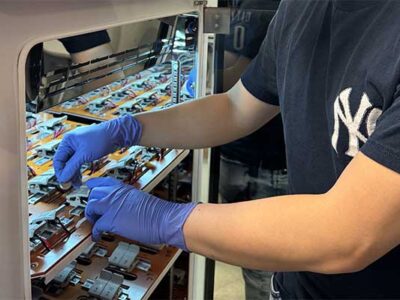
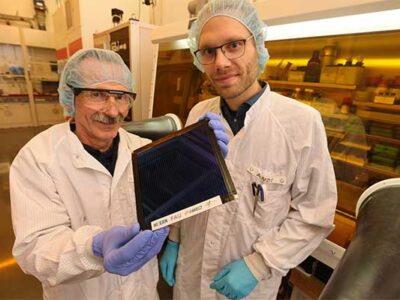
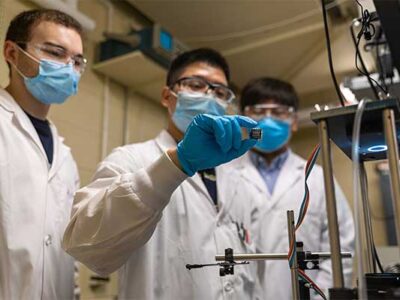
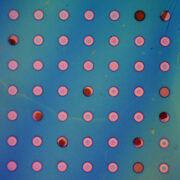


Comments